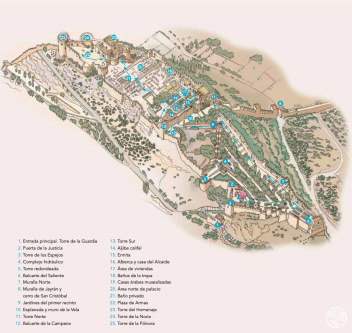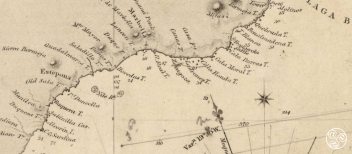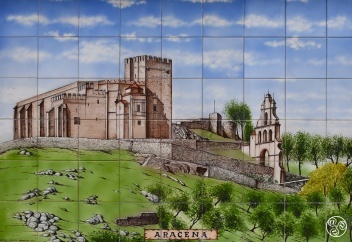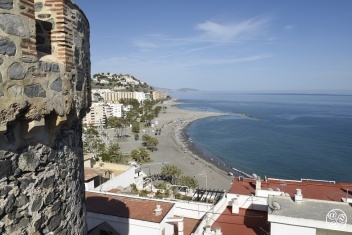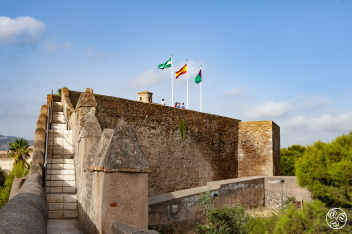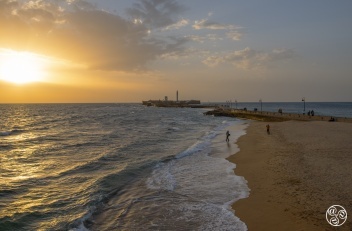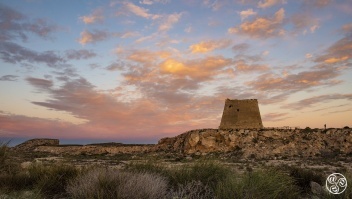Alcazaba of Almeria
The hilltop Alcazaba's hefty walls and towers dominate the city and command magnificent views over the old town below and across to the Mediterranean. Measuring 25,000m2, this was the largest fortress built by the Moors. The Alcazaba was founded during the first half of the 10th century by Cordoban Caliph Abd al-Rahman III, who also built Medina Azahara.


